That this organization is known as the Cascadia Poetics Lab is an ongoing homage to David McCloskey, the Father of Cascadia, who has worked for 50 years to bring a bioregional awareness to people living here. He has a new map, also highly evocative and beautiful, or the area he calls Salish Sea/Ish River.
“The Ish River map is stunning, a poetic success, I’d say. Layered, dense, fluid, dynamic. A tribute to the bioregion for which you should feel rightly proud. Cascadians of every ilk, grateful. I look forward to traveling its expanse and depths in the days and weeks to come.” – Email to David McCloskeyDear Friends:It has been an honor and pleasure to earn the encouragement of Dr. David McCloskey, Professor Emeritus at Seattle University, since we met at a Portland picnic in 2015. Professor’s lifelong investigation of the bioregion is seminal to Cascadian studies, and subsequently, to the many evolving journeys and narratives spawned by place and its peoples since time immemorial. His insightful reflections and contributions are amply and attractively presented by his deeply-researched and beloved maps, graphic creations that serve equally as beautiful wall decoration and scientific, bioregional reference. Scroll down to learn more. Or purchase by visiting the website of acclaimed quilt designer, Marsha McCloskey; its link also posted below. As always, feel free to pass along and share.Best, be well, and do carry on,Lloyd Vivola.
To order maps, visit: http://www.marshamccloskey.com/cascadiamap.html
David McCloskey’s Cascadia Institute

David McCloskey
For more information about the maps, go to David McCloskey’s website. The site is dedicated to learning to tell the story of this place called “Cascadia.” Cascadia is a great green land on the northeast Pacific Rim. It is a land of falling waters…..
http://www.cascadia-institute.org
Hear my 2013 interview with David here: https://paulenelson.com/the-father-of-cascadia-interview/
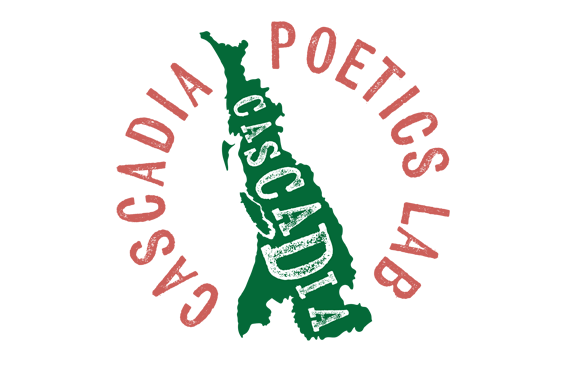
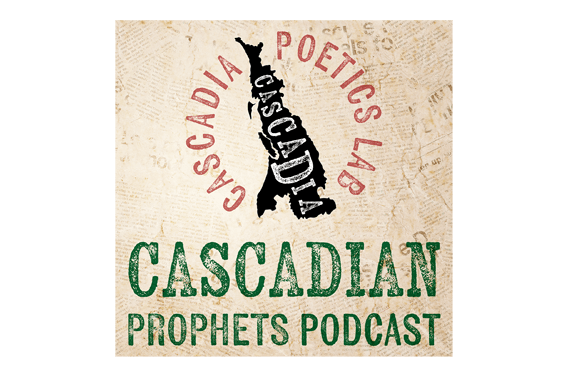
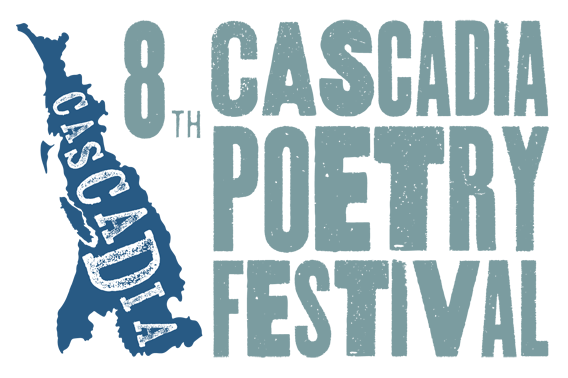





I think he is doing more than defining the Cascadian bioregion, as if that were not enough! (Wish I had more wall space! ) I think McCloskey is showing us how to think about where we live in a different and much more complete way – acknowledging indigenous history and presence, and and enlarging the definition of “you are here” from red dot at a visitors’ center or a city/town, to a place we temporarily stand on – embedded in a web of geology, topography, climate, weather and fellow lifeforms. Imagining ourselves embedded raises all of life’s Big Questions!